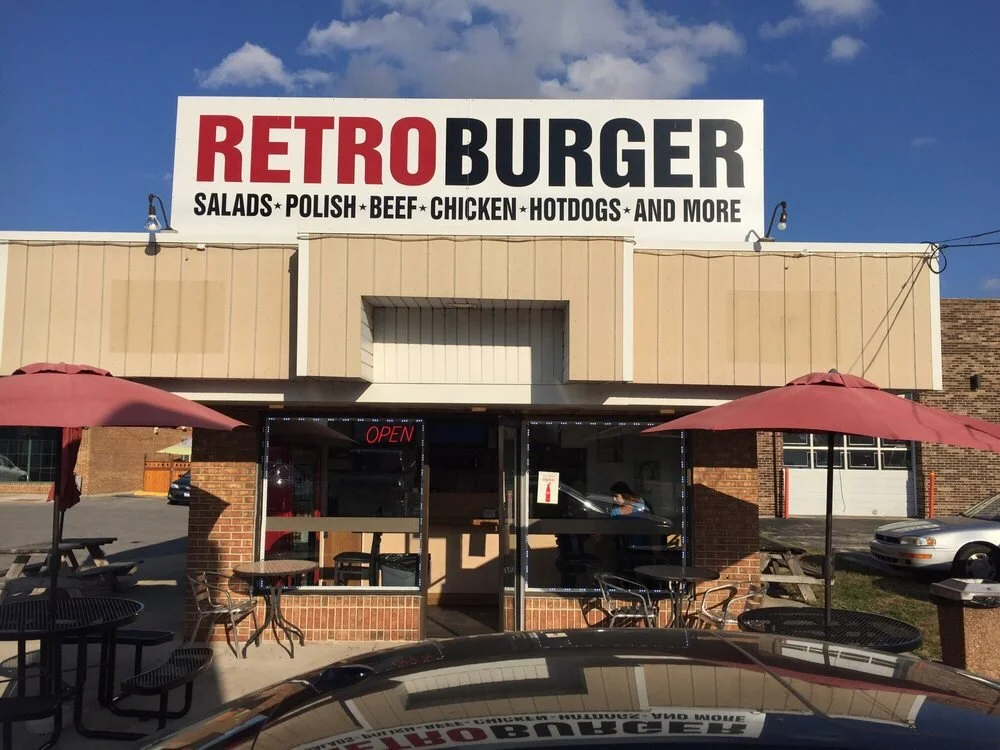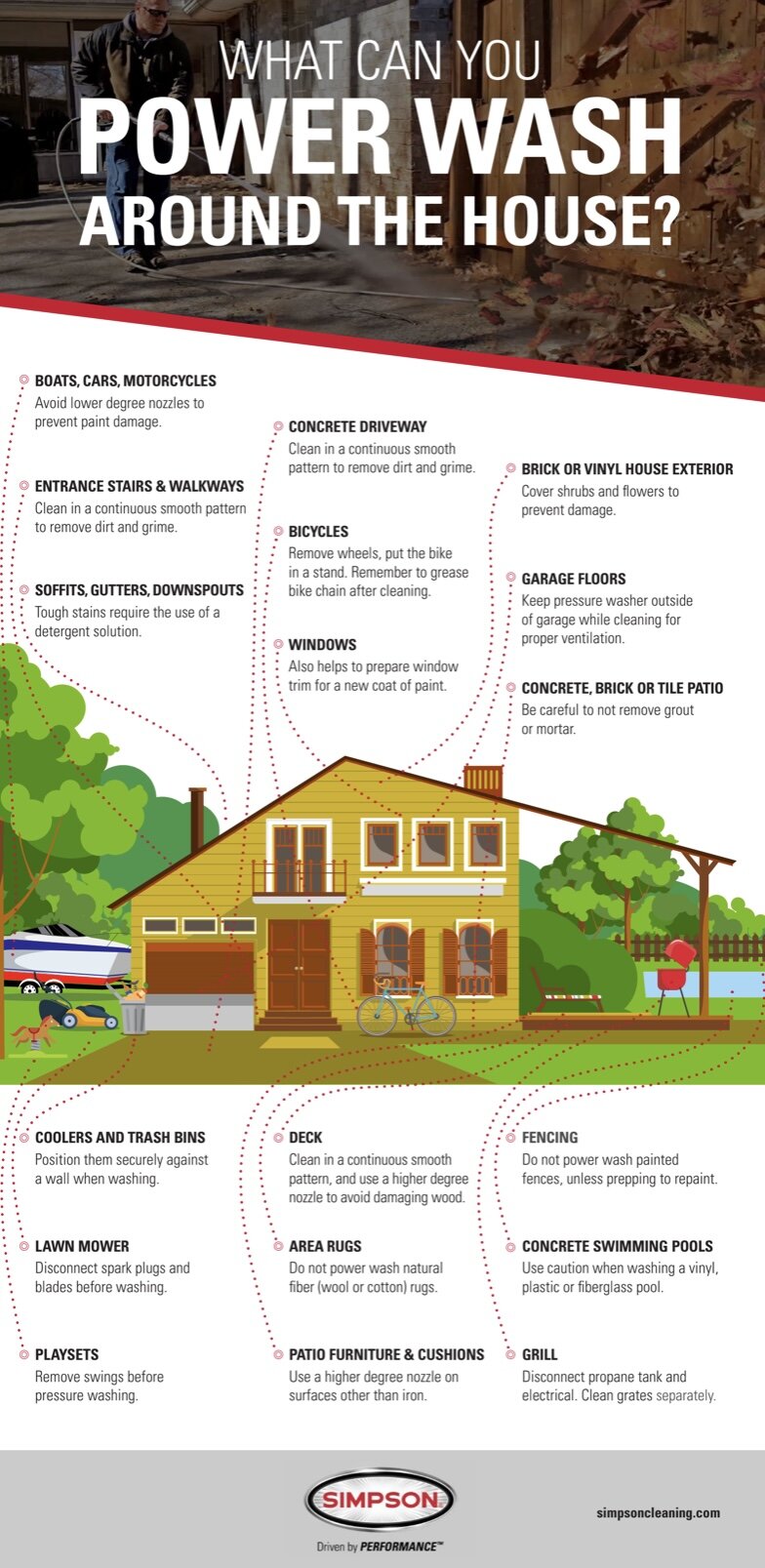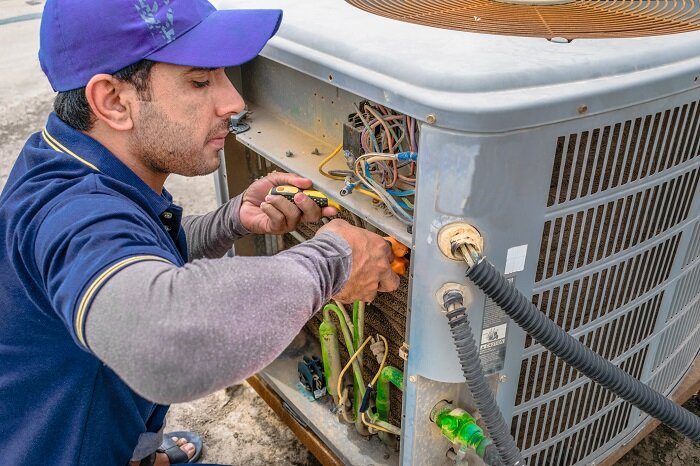Home Safety Checklist
RH Business Marketing Solutions
According to the National Center for Health Statistics, the number of emergency visits caused by unintentional injuries is 30.6 million. A vast percentage of said injuries occur at home. Unfortunately, injuries at home can happen when you least expect it.
For instance, the U.S. Consumer Product Safety Commission's National Electronic Injury Surveillance Systems (NEISS) revealed that more than 15,000 injuries caused by garage doors happen annually.
That said, you have to do more than make garage door repair a priority. You also need to have a robust home security checklist laid out in place that covers all the bases. For your peace of mind, below are some of the things that should be included in your comprehensive home safety checklist:
Inspect your pipes on a routine basis
Check your pipes for any signs of corrosion, rust, and leakage. Ensure you know what your pipes are made of as well as their size. Be mindful that lead pipes are prevalent in houses built before 1986.
Clean the shower heads
Turn on the shower in each of the bathrooms. Observe the water pressure as well as the temperature. If you notice that the pressure is low, try removing and cleaning the shower heads to see if the problem is resolved.
Locate the primary shut-off valve
Your water system's shut off valve is often situated under the kitchen or the bathroom sink. Find out where it is and try turning it off to check if it's in good working order. Once turned off, no water should come out from any of the faucets.
Inspect your kitchen appliances
In the kitchen, there's no shortage of safety hazards. Often, kitchen appliances are considered one of the biggest culprits. In line with this, it would be a good idea to give appliances a good once-over using a sponge.
You can also do a thorough test run to determine any potential safety hazards caused by age, improper installation, and damage.
Clean vents and coils
While dust bunnies may seem cute, they are considered one of the most prevalent fire hazards. Vacuum and wipe down all vents and appliance coils to keep any risk of fires at bay.
Check water filters
Undoubtedly, clean drinking water is essential. Ensure the water you drink is free from pollutants, by using a water filter for your faucets, fridge, and any source of drinking water.
Tune-up your HVAC system
Regardless if it's winter or summer, you must have your whole HVAC system inspected, tuned up, and cleaned on a routine basis. This can help ensure the air conditioner and furnace are safe and working accordingly.
Ensure circuits are not overloaded
Major appliances like refrigerators can use up a lot of energy and can trip the main breaker. If the trip occurs often, it can result in overheating and might lead to a potential fire. It is recommended that you consult an electrician, so you'll know if a dedicated circuit is needed.
Install safety latches
If you have pets or small children, it is recommended that you make sure they won't have access to dangerous household items like knives or cleaners. You can also add locks or safety latches to drawers and cupboards where hazardous items are stored.
Also, slipping in a shower or tub is another common household accident that can easily be avoided. Avoid slipping and prevent falls in your shower or tub by adding grab bars as well as non-slip decals and mats.
Test carbon monoxide and smoke detectors
It is considered ideal that kitchens should have carbon monoxide and smoke detectors. It is also recommended to test both to ensure the sensors are dust-free and won't interfere with proper detection.
It would also be best to check the batteries to see if they are still working okay. If you notice anything odd, have a professional check your sensors to know if you need to purchase new ones.
Inspect the water heater
Have a professional check your water heater regularly to ensure it is properly installed and works accordingly. At least once a year, flush the tank so you can wash away the sediments. This can also help extend your heater's life.
If you own a gas water heater, it would be best if you know how to look after the pilot light and the venting system. Ensure the water heater is always set at 120 degrees (or lower) to ensure burns are avoided.
Conclusion
Ensuring your house is a safe haven for you and your loved ones is no easy feat. Fortunately, the checklist above can help you create a robust security system that can help warrant everyone's safety and peace of mind.
Guest Contributor: Irene Trentham

















